#mimic nature
Explore tagged Tumblr posts
Text
Even more inspiration has hit me. Mimic octopus who mirrors people they like

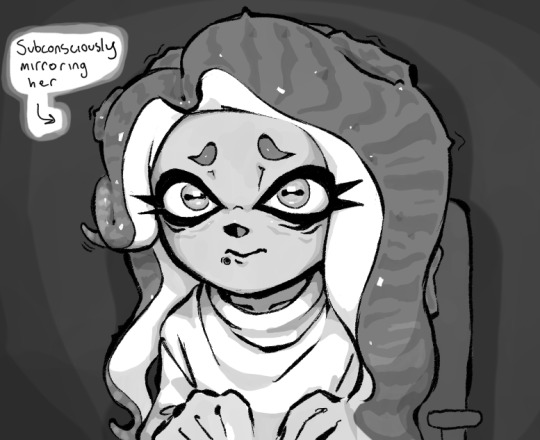
#i have a vague idea for their natural appearance#but it'd rarely be seen i think. perhaps they're a little insecure and prefer looking like someone else#i have an idea in my brain. perhaps they're an artist who creates characters for them to mimic#oc who makes ocs#splatoon 3#splatoon#art#splatoon oc#splatoon marina#marina ida
4K notes
·
View notes
Note
Just want to say, love your mimick au. I only found it like, an hour ago and I've devoured everything in the tag and I'm planning to do the same to the spellbound and monster hunter aus.
That said, in one of the mimick fanfics, Orion tells Prowl to leave him alone and to find a hobby, but a comic that (presumably) happens after this conversation when Orion meets Jazz, Orion seems to be back to working with Prowl. I thought the whole "leave me alone" order would go on infinitely because Orion didn't seem to have his goal locked down and he also never specified when to come back. So how did they return to working together? Did Orion find Prowl post-meltdown, or was it Prowl who just set an arbitrary amount of time before going back to Orion and going "so, how do you feel about defying god?" I just find Orion and Prowl's relationship so interesting in this au, simply because of how Orion doesn't seem to apply his morals about freedom and coexistence to Prowl despite the fact he's the one who points out that Prowl didn't include himself in his calculations, but at the same time, if he doesn't recognize Prowl's autonomy and only sees him as a tool (chatGPT style), he would have to accept that he's the one responsible for Prowl's actions because he's the one using him. But also also, Prowl encourages him to not take responsibility for all the immoral actions (like killing monsters to keep the Council's favor), which I think Orion does take up, but that would indirectly be accepting Prowl as a individual capable of making his own decisions, you know? It also the fact that Orion and Prowl both have different (and somewhat incompatible) ways of communicating. I was thinking when Orion asked Prowl to what he'd do to make the most amount of mechs happy, Prowl understood it literally: the majority of the population are non-monsters, so statistically, he'd focus on making non-monsters happy. But Orion doesn't want to make most mechs happy; he wants a diverse and equitable society, and that doesn't necessarily lead to happiness, especially in transition phases. Even in the academy, monsters are learning to compromise to live in a non-monster society; compromises are about restriction, which often aren't a source of happiness. But Orion equates that vision to happiness, and probably gets a bad impression of Prowl given "free reign" from his answer. It's great, it's so juicy.
And contrasts so well with how Prowl and Jazz interact and communicate with each other. Like how Prowl makes an attempt to learn hand language for Jazz in the same way he attempts to comfort Orion post-Shockwave demonification. But unlike Orion who has "Prowl is not alive" at the core of their dynamic, Jazz doesn't know and sees Prowl's attempt to learn as a genuine attempt to understand/communicate. You can argue that Prowl is just "programmed" to try and get more information and it's just efficient to ensure Jazz doesn't get carpal tunnel while working together, but you can also argue that we're all programmed to do that as well; small talk or bids for attention are behaviors/actions to build connection through information exchange that we are trained to do from formative years and general society. Which is to say, even if Prowl learns and tries to accommodate Jazz for mission purposes, it doesn't negate the fact that he is investing effort into communicating and building the foundation for a meaningful connection in the same way other people do. It's great, I'm having a blast with the whole AU.
Orion despite being afraid to continue his mission still has responsibilities in his Order so him and Prowl. Yeah hahah they just keep working together but purely on their usual legal tasks. I didn’t talk about the whole situation enough yet but basically Prowl never informed Orion about his new quest of suing God. Primarily because he knows that Orion definitely will try to stop him.
It’s kind of like. “What isn’t forbidden can automatically be considered allowed” mentality.
Also MY GOD YES. My favourite part of this au is reading asks like yours:0 Prowl exists in that thin line between being and not being a person capable of his own choices. Orion exists on the thin line between considering him being one of those options. He can’t see Prowl as a “real mech” because he knows for a fact it’s not true. But then seeing him as a tool means accepting that all questionable things he does are Orion’s responsibility.
At the end of the day Prowl is a metaphorical piece of fabric Orion uses to clean his consciousness. In his eyes Prowl isn’t alive enough to be fully blamed for all the bad things he does but he is also alive just enough for Orion to say “it was your fault. Not mine.”
Jazz doesn’t have that dilemma. Uh. Yet haha he will discover the truth eventually of course~. He thinks Prowl is obviously a real mech because in his world magic isn’t alive. It can create an illusion of a mech, sure, this is what all usual golems are, but it’s not smart or believable enough. It’s like one of those tests where all people think they can tell if they’re talking to an AI chat bot because “duh I would obviously know” and then fail to distinguish AI from a real person. Jazz is perceptive but he doesn’t know what to look for. All he knows is that Prowl is somehow doesn’t love anyone but seems to care about of things that aren’t people.
Also it’s a bit unrelated but I find it soooo interesting playing with the usual concepts of magic and technology. Because usually magic is perceived as something more “coming from your heart” and “connected with emotions” while technology tends to be more “soulless” and “emotionless”. And then we have the entire world of robots who think they are alive and magic isn’t :)
#also it’s fun how for humans#developing and growing are considered to be part of being alive#and I’m not only talking of like growing emotionally here#human babies can’t properly talk or walk or do anything really#while cybertronians don’t have the same learning process#their processors are fully developed from the start. their limbs are instantly functional#physical development isn’t something they consider natural#and I know I can’t really call Prowl something physical since he’s basically a walking spell#but he very much has that ‘growing’ aspect to him#he is a spell that complicates itself gradually#from something initially simple and to impressively complex system of thinking and behaving and making assumptions and decisions#while an average Cybertronians have their brains being fully capable of everything from the beginning and grow purely by gaining new experi#experience#…..Jazz is gonna have such an interesting time figuring this shit out lmao#tf mimics au
308 notes
·
View notes
Text
The Oriental Blue Clearwing Moth: these moths were regarded as a "lost species" for more than 130 years, until they were finally sighted again in 2013
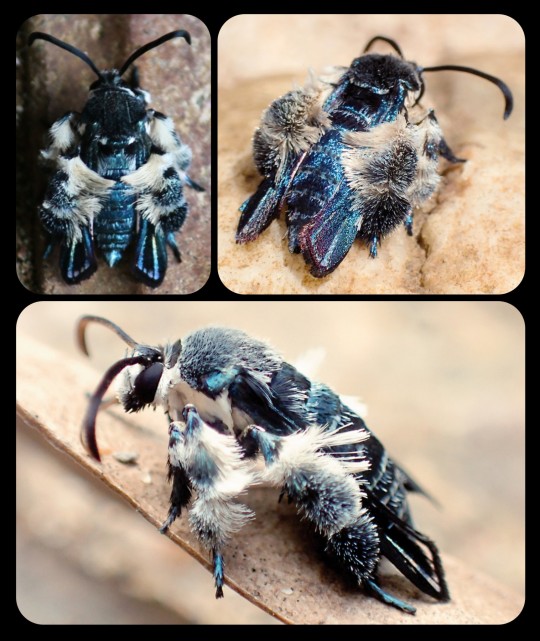
For more than 130 years, the Oriental blue clearwing moth (Heterosphecia tawonoides) was known only from a single, badly damaged specimen that was collected in Sumatra in 1887. There were no recorded sightings of this species again until 2013, when entomologist Dr. Marta Skowron Volponi unexpectedly found the moths feeding on salt deposits that had accumulated along the riverbanks in Malaysia's lowland rainforest.
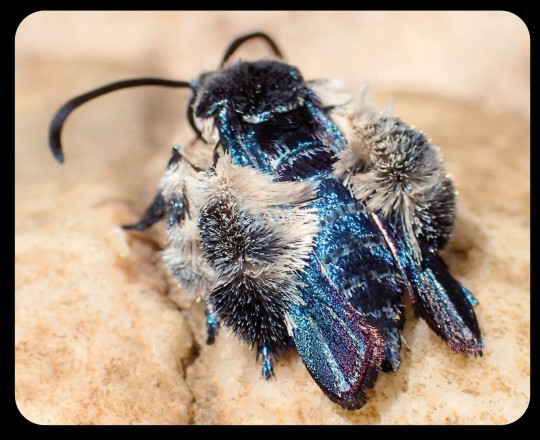
These moths were observed by researchers again in 2016 and 2017, and research indicates that the moths are actually bee-mimics, as they mimic the appearance, sound, behavior, and flight patterns of local bees. Their fuzzy, bright blue appearance might seem a little out of place for a bee-mimic, but those features do appear in several different bee species throughout Southeast Asia.
When the moths are in flight, they bear a particularly strong resemblance to the bees of the genus Thyreus (i.e. cuckoo bees, otherwise known as cloak-and-dagger bees), several of which are also bright blue, with banded markings, dark blue wings, fuzzy legs, and smooth, rounded antennae. The physical resemblance is compounded by the acoustic and behavioral mimicry that occurs when the moths are in flight.
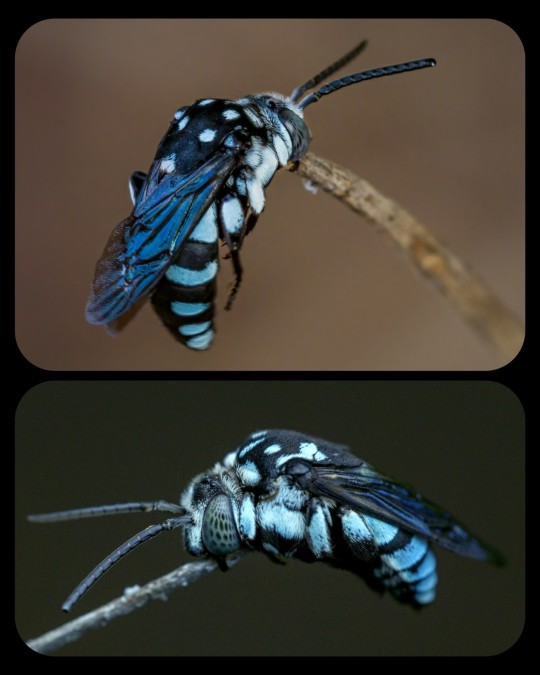
Cloak-and-Dagger Bees: the image at the top shows an Indo-Malayan cloak-and-dagger bee (Thyreus novaehollandiae) in a sleeping position, holding itself upright with its mandibles clamped onto a twig, while the image at the bottom shows a Himalayan cloak-and-dagger bee (T. himalayensis) resting in the same position
The moths also engage in "mud-puddling" among the various bees that congregate along the riverbanks; mud-puddling is the process whereby an insect (usually a bee or a butterfly) draws nutrients from the fluids found in puddles, wet sand, decaying plant matter, carrion, animal waste, sweat, tears, and/or blood. According to researchers, the Oriental blue clearwing moth was the only lepidopteran that was seen mud-puddling among the local bees.
Dr. Skowron Volponi commented on the unusual appearance and behavior of these moths:
You think about moths and you envision a grey, hairy insect that is attracted to light. But this species is dramatically different—it is beautiful, shiny blue in sunlight and it comes out during the day; and it is a master of disguise, mimicking bees on multiple levels and even hanging out with them. The Oriental blue clearwing is just two centimeters in size, but there are so many fascinating things about them and so much more we hope to learn.
This species is still incredibly vulnerable, as it faces threats like deforestation, pollution, and climate change. The president of Global Wildlife Conservation, which is an organization that seeks to rediscover "lost species," added:
After learning about this incredible rediscovery, we hope that tourists visiting Taman Negara National Park and picnicking on the riverbanks—the home of these beautiful clearwing moths—will remember to tread lightly and to take their trash out of the park with them. We also recommend that Americans learn about palm oil production, which is one of the primary causes of deforestation in Malaysia.
Sources & More Info:
Phys.org: Bee-Mimicking Clearwing Moth Buzzes Back to Life After 130 Years
Mongabay News: Moth Rediscovered in Malaysia Mimics Appearance and Behavior of Bees to Escape Predators
Journal of Tropical Conservation Science: Lost Species of Bee-Mimicking Clearwing Moth, H. tawonoides, Rediscovered in Peninsular Malaysia's Primary Rainforest
Frontiers in Zoology: Southeast Asian Clearwing Moths Buzz like their Model Bees
Royal Society Publishing: Moving like a Model - mimicry of hymenopteran flight trajectories by clearwing moths of Southeast Asian rainforests
Medium: Rediscovery in a Glint of Blue
re:wild.org: The "Search for Lost Species" Project
#lepidoptera#moths#heterosphecia tawonoides#oriental blue clearwing moth#entomology#insects#cute bugs#nature#animals#lost species#mimicry#evolution#bees#southeast asia#Malaysia#colorful moths#bee mimic#science#mimicry among moths#arthropods
1K notes
·
View notes
Text










Gonatista grisea
Today I am sharing pictures of just a totally ordinary, run-of-the-mill, normal lichen. Yes just a lichen. Nothing else to see here. Definitely no camouflaged predators here nope, so if you are a tasty little bug snack maybe you should think about taking a little nap in this beautiful, ordinary lichen patch. You can find these totally unextraordinary lichens hanging out on trees in the southern United States.
images: source
info: source
#lichen#lichens#lichenology#lichenologist#April Fool's Day#April fools#lichen mimic mantis#Gonatista grisea#Gonatista#grizzled mantid#praying mantis#mantis#bug#insect#camouflage#nature#the natural world#beautiful nature#weird nature#life science#environmental science#bugblr#ecology#biology#I love a lichen mimic#oh you combined bugs and lichens? 2 of my favorite things?#win win
176 notes
·
View notes
Text

Long-billed Thrasher (Toxostoma longirostre), family Mimidae, order Passeriformes, Laguna Seca Ranch, South TX, USA
photograph by Karen Schneider
#thrasher#toxostoma#mimidae#mimic thrush#bird#ornithology#animals#nature#north america#passeriformes
346 notes
·
View notes
Text

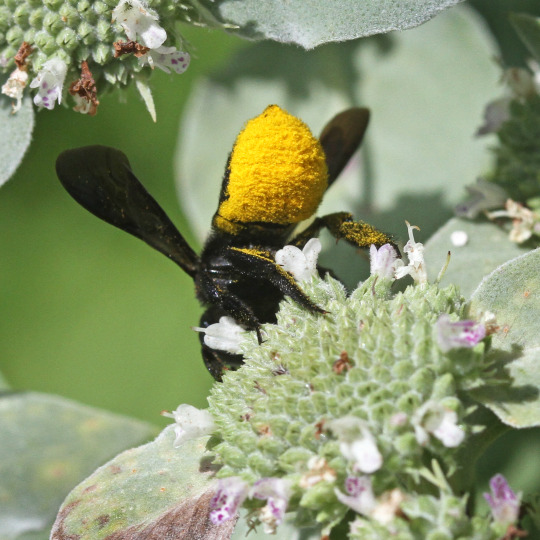


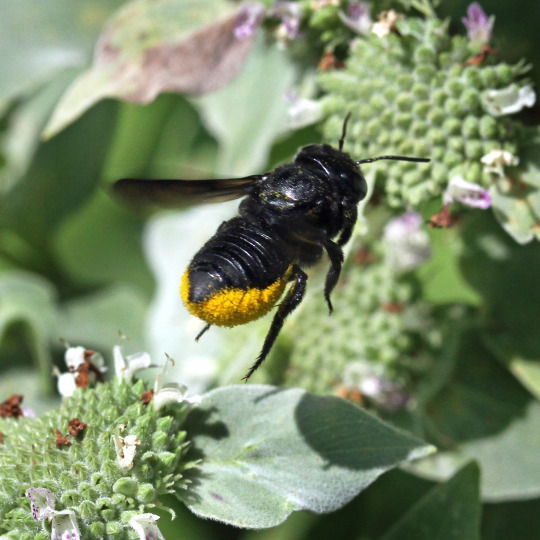
So. Much. Pollen.
Carpenter-mimic Leafcutter Bee (Megachile xylocopoides)
August 16, 2023
Southeastern Pennsylvania
#Megachilid Monday#bee#bees#photographers on tumblr#Carpenter-mimic Leafcutter Bee#bugs#bug#bugblr#entomology#insects#insect#hymenoptera#animals#nature#Megachilid
1K notes
·
View notes
Text
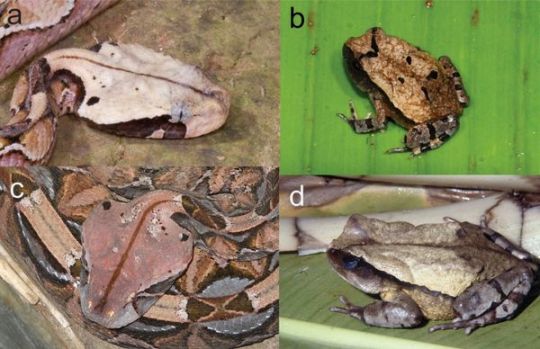
A remarkable example of suspected Batesian mimicry of Gaboon Vipers by Congolese Giant Toads
Eugene R. Vaughan, Mark S. Teshera, Chifundera Kusamba, Theresa R. Edmonston, and Eli Greenbaum
Abstract
Batesian mimicry is a phenomenon in nature whereby a non-toxic animal emulates a noxious one, seeking to deter predators by deception. This type of mimicry occurs in many animals, with numerous documented examples of invertebrates, harmless squamates, and even birds that mimic venomous snakes. However, no observations of anurans mimicking venomous snakes have been reported. Based on comparative data from colour pattern, morphology, geographic distribution and behaviour, we propose that the Congolese Giant Toad (Sclerophrys channingi), endemic to Democratic Republic of Congo, is a Batesian mimic of the geographically widespread Gaboon Viper (Bitis gabonica). Although the colour pattern similarity between these taxa is not an exact match, aposematism and precise imitation are not required for Batesian mimicry to be effective, especially when the model (B. gabonica) is dangerously venomous and carefully avoided by other vertebrates. Given the morphological similarity between S. channingi and two other African toad species (S. brauni and S. superciliaris) that are sympatric with B. gabonica and its sister taxon (B. rhinoceros), similar examples of Batesian mimicry are likely.
Read the paper here: A remarkable example of suspected Batesian mimicry of Gaboon Vipers (Reptilia: Viperidae: Bitis gabonica ) by Congolese Giant Toads (Amphibia: Bufonidae: Sclerophrys channingi ) | Request PDF (researchgate.net)
Journal of Natural History 53(29-30): 1853–1871. (2019)
doi: 10.1080/00222933.2019.1669730
#mimic#mimicry#biology#zoology#herpetology#toad#frog#amphibian#snake#viper#venomous#reptile#animals#nature#africa#science
233 notes
·
View notes
Text
No okay but you guys don’t understand- the way SFTH bois are always always whether on purpose or not, in sync is everything I’ve ever wanted in life its so fucking cute-
Like when they’re doing expert, obviously the three are trying their best to be together, or mimic the same thing the previous person has gesticulated
But also- when they’re casually sitting in the wings, on opposite sides, watching the main stage, they’ll lean together in sync
They’ll cross their legs at the same time
Sam and Luke push back their hair together
AJ and Luke lean in the same direction when they laugh
Tom and Sam dip their heads to hide a laugh or disappointed at the same time
They follow hand movements, step backwards together, blend and flow around each other with such perfect synchronization you think its scripted
#anyways im obsessed#sfth#shoot from the hip#luke manning#alexander jeremy#tom mayo#sam russell#shootimpro#besties#platonic soulmates#forever and always together#in sync#mirroring each other#its so fucking cute#and its like ofc#because no matter what#humans are mimics#its just natural for you to pick up other peoples habits and motions#and adapt your own#its what we do to set other people at ease#to get them to like us#everything is unconscious#and when you work together/are friends for so long#its natural to be almost identical in movements#especially when your work requires that sort of stuff#anyway gods i love them
116 notes
·
View notes
Text





Another one reformatted! Lil' copycat...
#Ren naturally starts to unconsciously mimic the people he hangs around#yes there are ~implications~ there :V#mwehehe#stars in the dark#fanfiction#ao3#persona 5#final fantsty xiv#joker p5#ren amamiya#akira kurusu#akiren#ryuji sakamoto#futaba sakura#tataru taru#y'shtola rhul#thancred waters#ffxiv#ff14#p5#WoL Joker#art
95 notes
·
View notes
Text


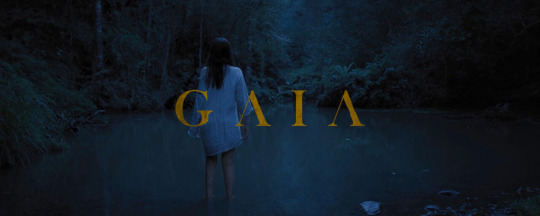






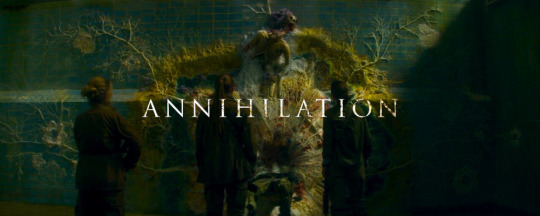


horror sub-genres • ecological horror
the complicated relationship between earth and humans has been very extensive, and this sub-genre shows mother nature fighting back against humans with plagues, animals, weather, or all three.
#horror#horror movies#horror sub-genres#ecological horror#horroredit#moviesedit#filmedit#cinema#the bay#the birds#gaia#mimic#c.h.u.d.#the ruins#the last winter#the thaw#the beach house#annihilation#ok i know this would be argued that it's aliens but ive seen many people say its an allegory for mother nature so it's going on this list#phase iv#crawl
781 notes
·
View notes
Text

Past two days are going to be today instead but here's Miphlink week day 2: Royalty!
Zora royal clothing is quite a bit different from that of the kingdom of Hyrule.
#miphlinkweek#miphlinkweek2024#miphlink#loz#legend of zelda#myart#here's my headcanon of the day#zora use waterproof luminescent body paint like makeup#drawing spots on legs and arms for special occasions#these mimic the naturally luminescent spots they already have but in new places#here link is wearing some blue on his legs!
136 notes
·
View notes
Text

Fuck the haters and happy birthday to this dumb fat bastard
#I will hate this when I wake up but that's how it is every time I have to draw a human in anything close to my own style#steven universe#renew steven universe#my art#image.png#su#for some reason every time i try to do SU stuff with my style it just looks like peribytes#which pisses me of for a multitude of reasons#why cant my hands naturally mimic taikova i'd much rather have THAT problem
122 notes
·
View notes
Text
Moths in Disguise: these are all just harmless moths that have developed the ability to mimic wasps, bees, and/or hornets
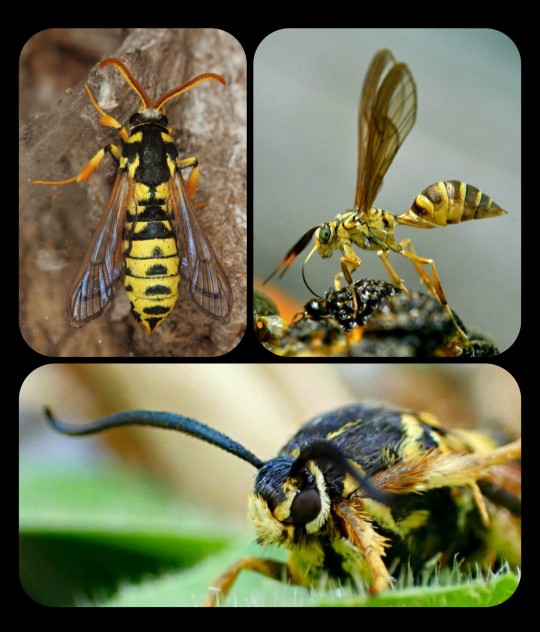
Top Row (left to right): Eusphecia pimplaeformis and Myrmecopsis polistes; Bottom Row: Pennisetia marginatum
Moths are exceptionally skilled when it comes to mimicry, and there are hundreds of moth species that rely on that tactic as a way to protect themselves from predators. Their disguises are numerous and varied, but hymenopteran mimicry is particularly common, especially among the moths that belong to subfamily Sesiidae and family Arctiinae.

Yellowjacket-Mimicking Moths: Pseudosphex sp. (top and bottom left) and Myrmecopsis polistes (bottom right)
Some of their disguises involve more than just a physical resemblance -- there are some moths that also engage in behavioral and/or acoustic mimicry, meaning that they can imitate the specific sounds and behaviors of their hymenopteran models. In some cases, these moths are so convincing that they can even fool the actual wasps/bees that they are mimicking.
Such a detailed and intricate disguise is unusual even among mimics, and researchers believe that it developed partly as a way to trick the wasps into treating the mimic like one of their own. Wasps tend to prey upon moths (and many other insects), but they are innately non-aggressive toward their own nest-mates, which are identified by sight -- so if the moth can convincingly impersonate its model, then it can avoid being eaten by predatory wasps.
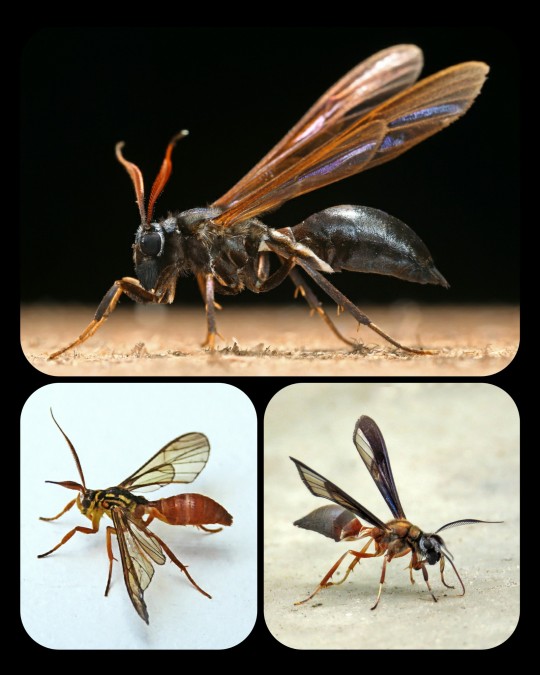
Wasp-Mimicking Moths: Pseudosphex ichneumonea (top), Myrmecopsis sp. (bottom left), and Pseudosphex sp. (bottom right)
There are many moths that can also mimic hornets, bumblebees, and carpenter bees.
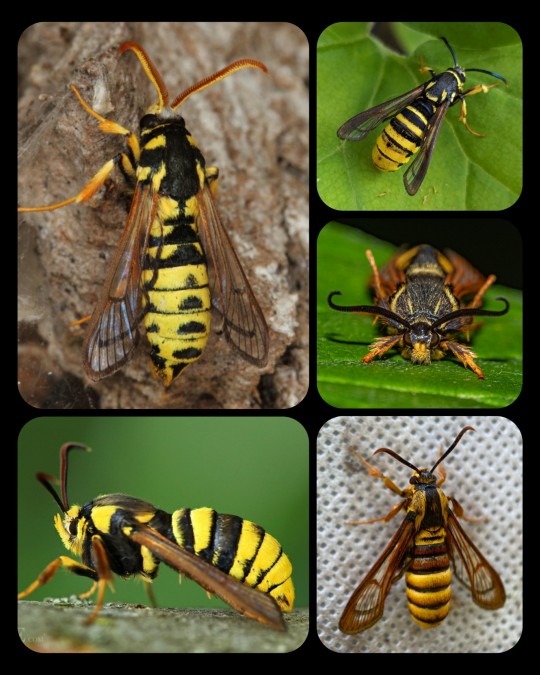
Hornet-Mimicking Moths: Eusphecia pimplaeformis (top left), Sesia apiformis (bottom left), Paranthrene simulans (top right), Pennisetia marginatum (middle right), and Sphecodoptera scribai (bottom left)

Bumblebee-Mimicking Moths: Hemaris tityus (top and bottom left) and Hemaris affinis (bottom right)
Moths are some of the most talented mimics in the natural world, as illustrated by their mastery of hymenopteran mimicry. But it's not just bees, hornets, and wasps -- there are many other forms of mimicry that can be found among moths, and the resemblance is often staggering.
Moths deserve far more credit than they receive, to be honest, because they are so incredibly interesting/diverse.
Sources & More Info:
Journal of Ecology and Evolution: A Hypothesis to Explain the Accuracy of Wasp Resemblances
Frontiers in Zoology: Southeast Asian clearwing moths buzz like their model bees
Royal Society Publishing: Moving like a model: mimicry of hymenopteran flight trajectories by clearwing moths of Southeast Asian rainforests
#lepidoptera#moths#Sesiidae#entomology#insects#arthropods#animals#cool bugs#mimicry among moths#mimicry#nature#evolution#Arctiinae#bees#hymenoptera#hymenopteran mimic#wasp#bumblebee#acoustic mimicry#evolutionary arms race#I spend way too much time#reading about moths
906 notes
·
View notes
Note
Seeing your little doodle of Henry and his cake had me thinking: can a mimic eat the same foods we humans eat? Or do they have dietary restrictions much like how animals can't eat specific foods e.g. chocolate, coffee, etc? Are they capable of consuming things like coal and oil like the engine they impersonate?
Yes, mimics can indeed eat the same foods as humans.
But they are also constrained by some dietary restrictions due to their organs taking on the specifications of the vehicle or heavy machine they've taken on as their final form. So, essentially, depending on what they become, a mimic's diet will change to accommodate the fuel type and the crews are responsible for preparing their food to specification.
Steam engine mimics consume coal, so they become more carnivorous in nature because they quite literally burn through calories very quickly (they run hotter than other mimics and, while their stomach acid is strong enough to burn through organic matter and metal, they are more likely to get sick if they eat synthetic chemicals).
Diesel engine mimics consume diesel fuel, so they are more herbivorous in nature so as to not overload their system with more carbon (they can on occasion consume protein to balance out their natural requirements, and they're considerably more resistant to poisoning than steam engine mimics, but they still have their limits).
Road vehicle mimics are more omnivorous because their fuels vary, and you even have crane mimics who are more often than not piscivorous or insectivorous.
That of course doesn't mean they can't have a few special treats of their preference. Human foods are especially delectable to mimics who view them as the most luxurious things that their handlers can offer them in return for work (being minor fae, mimics have a concept of value that they assign certain goods and services, and human food is at the very top of the list on the scale of offerings).
The only common denominator is that mimics are not allowed to have carbonated drinks because it seems to nullify the effects of Golden Dust Inc. Feed™ which is what railways use to shrink them when they're not in service (no one is sure why this is, but as a general rule of thumb you shouldn't give critters soda anyway...).
Here's a known list of what foods/snacks/desserts and drinks one can use to reward/bribe specific mimics (this is an excerpt from the Fat Controller's notebook, so it's not a complete list), some of which raise some eyebrows:
Glynn - English Breakfast / Earl grey tea
Thomas - Savoury pastries / Store-bought orange juice
Edward - Fish and Chips / Chamomile tea
Henry - Fish jerky or pickled veggies / Fresh fruit juice
Gordon - Chocolate pastries / Mint tea
James - Pancakes topped with fruit / Strawberry milkshake
Percy - Grilled cheese sandwich / Chocolate milk
Toby - English muffins / Black coffee
Duck - Cadbury creme eggs / Oat milk
Donald & Douglas - Cullen skink and shepherd's pie / Honey lemon milk
Oliver - Werther's Originals / Latte
Toad - Banana chips / Banana milkshake
Emily - Blueberry muffins / Black tea
Rosie - Banana bread / Cranberry Juice
Ryan - Pasty barm / Beetroot juice
Bill & Ben - Peanut butter and jelly sandwiches / Hot cocoa
Diesel - Steamed Brussels sprouts with melted cheese / Blackberry juice
BoCo - Chocolate pudding / Cappuccino
Daisy - Ambrosia fruit salad / Honeydew juice
Mavis - Fruit tarts / Tutti frutti smoothie
Paxton - Spicy sweet potato fries / Orange carrot mango smoothie
Diesel 10 - Bone Marrow Soup / Pineapple juice
Victor - Ropa Vieja / Rum
Kevin - Tuna salad sandwich / Dr. Pepper
Hiro - Fried chicken wings / Lemon tea (Substitutes for his favourite snacks from home)
Salty - Salted pretzels / Lemonade
Porter - Stuffed squid / Lemonade
Cranky - Crabsticks / Whiskey
Naturally no one is encouraged to give a mimic alcohol, especially not during work hours. It's not bad for them per say (I mean, alcohol isn't good for anyone really, you know what I mean) but it certainly isn't making any of them overly productive...
#Thomas and Friends#TTTE#Railway Mimics AU#Before anyone asks: Diesel 10 is a herbivore... But Pinchy is not#It's a very complicated matter for them#Also Kevin spends more time at service size than not so he is allowed a carbonated drink as his special reward#naturally every other mimic is jealous that he gets to have the forbidden bubbly stuff...#as to how Victor and Cranky discovered a love for alcohol... blame their previous handlers...#oh and can someone get Hiro some japanese snacks? Poor thing misses his actual favourite treats...#thenecropolix
37 notes
·
View notes
Text

Gray Catbird (Dumetella carolinensis), EAT A TASTY BERRY!!!, family Mimidae, order Passeriformes, Ohio River Islands National Wildlife Refuge, WV, USA
photograph by Michael Schramm/USFWS
552 notes
·
View notes
Text


This creature is a tricksy one. Over half of you thought it would sting, and this FLY thanks you for the compliments on its mimicry <3
This is a long-horned yellowjacket fly (Sphecomyia vittata), aptly named because it evolved to cosplay a yellowjacket (a type of predatory social wasp). These flies can’t bite or sting, but as very convincing mimics, they can safely visit flowers to feed without being disturbed. I, too, thought this was a wasp, until I was looking at photos later. There are several giveaways. You can see its halteres in the first picture. These are small club-shaped organs that replace the second pair of wings on flies and are used for stabilization during flight. The fly doesn't have a "waist" like a wasp, and its antennae have a small number of segments with an arista (filament) on the end. The head is also distinctly fly-shaped, and it doesn't have large mandibles. Here's an actual yellowjacket for comparison: (Western yellowjacket; Vespula pensylvanica)



#diptera#batesian mimicry#fly#Vespula pensylvanica#Sphecomyia vittata#hoverflies#nature#bugs#nature photography#biodiversity#bugblr#animals#arthropods#inaturalist#entomology#insect appreciation#macro photography#mimicry#mimic#cool facts#interesting facts#yellowjackets#pollinators#insect photography#support native pollinators#garden friends#trickery#skullduggery
47 notes
·
View notes